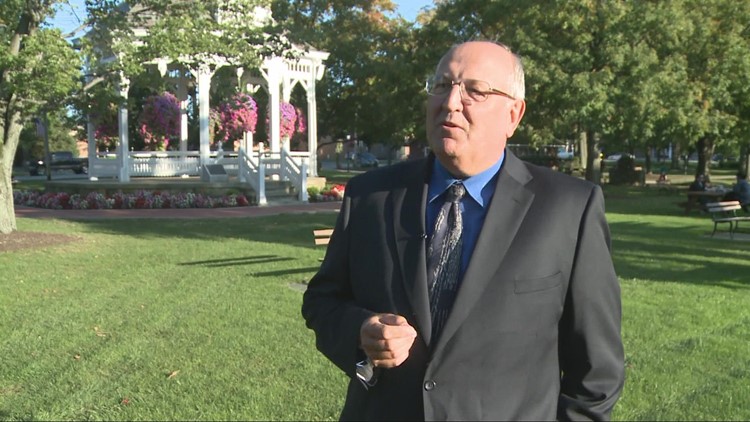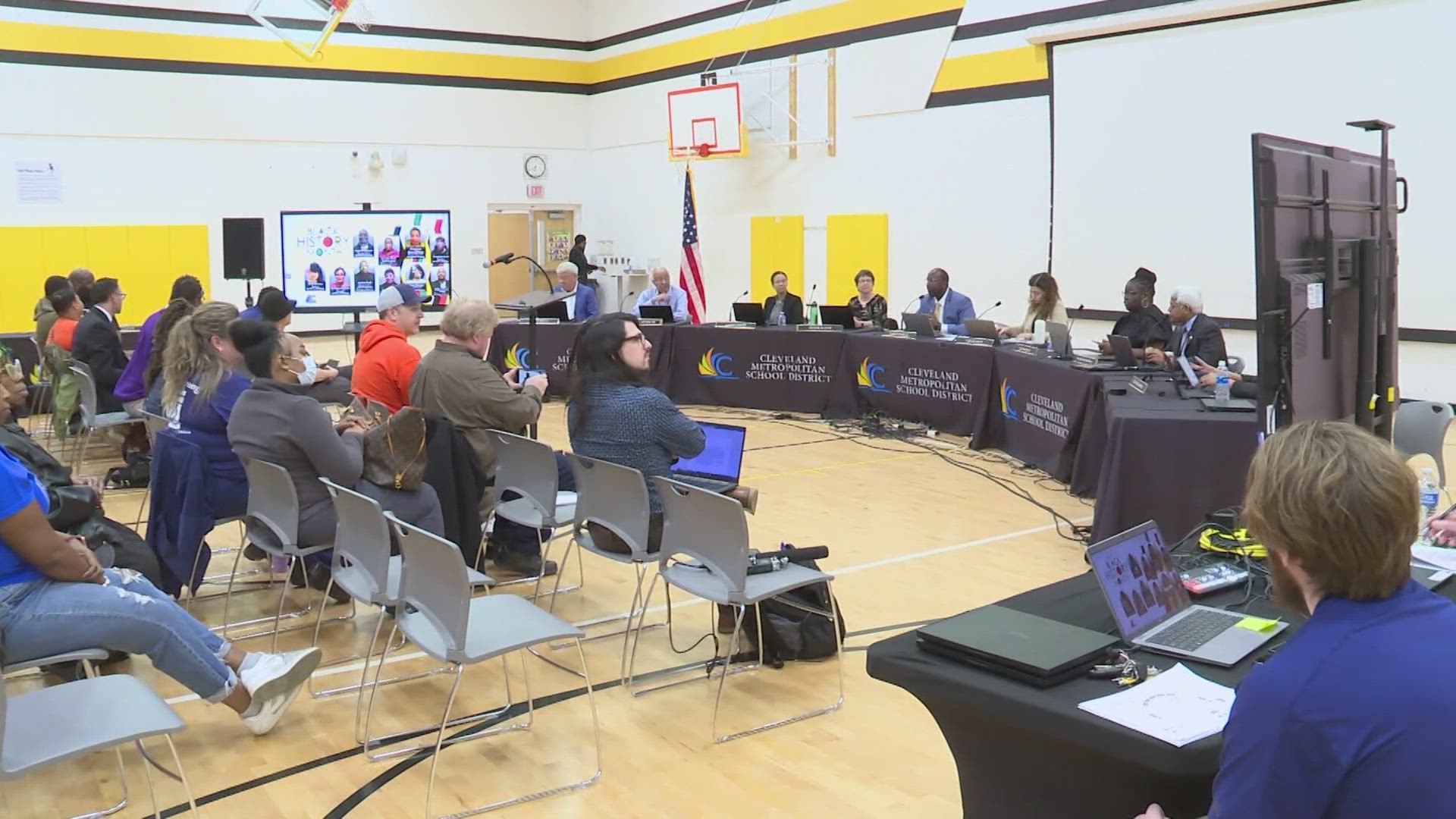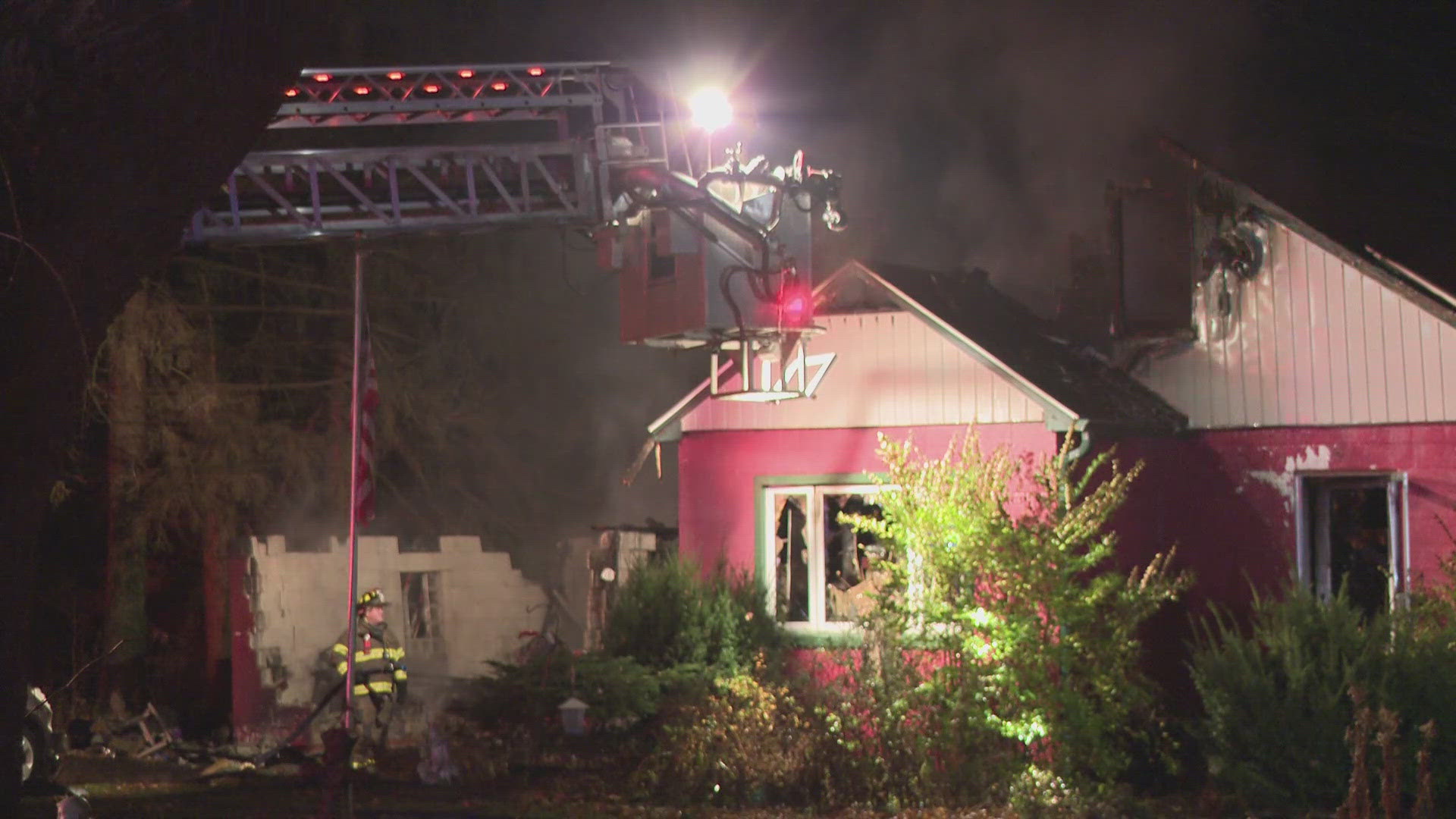COLUMBUS, Ohio — EDITOR'S NOTE: This story was originally published in the Ohio Capital Journal.
During a second day of hearings Tuesday, the Ohio Disciplinary Counsel finished its questioning of Geauga County Judge Timothy Grendell and began bringing other witnesses to the stand. The conclusion of the Grendell’s testimony dealt with his dispute with the county auditor and his testimony before an Ohio House committee in favor of legislation sponsored by his wife, then-state Rep. Diane Grendell.
Disciplinary counsel Joseph Caligiuri continued to question Grendell’s handling of the custody case that dominated the first day of hearings. In that incident, Grendell ordered two boys into juvenile detention after they refused a parental visit with their father. But as he moved to the other charges, Caligiuri highlighted examples of Judge Grendell threatening some officials and making unfounded accusations against others.
Caligiuri continued to raise doubts about Grendell’s stated defenses as he moved through charges against the judge. On the decision to place the two boys in juvenile detention, he pointed to Grendell deciding to hold a full evidentiary hearing to suss out what was in the boys’ best interest after putting them in custody. Grendell previously argued he took that drastic step because it was in their best interest.
“You don’t think it would’ve been better to have the evidentiary hearing in May before you decided to put the kids in custody?” Caligiuri asked.
After a long pause, Grendell simply stated, “No.”
The judge grew more animated as Caligiuri moved on to the second charge — Grendell’s dispute with the county auditor. The complaint centers on an incident in which two of Grendell’s staffers allegedly took paperwork from the auditor’s office without permission. The auditor’s staff called the police, and the officer who responded informed Grendell’s staffers they would be trespassing if they returned to the auditor’s office.
Caligiuri argued that, in his frustration, Grendell proceeded to dangle contempt charges against the police.
In a loud encounter with a responding officer outside the courthouse, Grendell said he’d issue a court order prohibiting anyone from impeding his staff carrying out the court’s business. “And you know what happens when people violate court orders,” Grendell said. The judge insisted he never threatened to hold the officer in contempt, but eventually acknowledged it was a potential outcome.
Grendell then went to the police chief and warned that impeding his staff could result in a federal civil rights case under Section 1983.
“You do threaten him with a section 1983 federal lawsuit?” Caligiuri asked.
“I did not threaten him with that,” Grendell said.
“Did you tell him that you’d ‘hate to see the Chardon Police Department tied up in a 1983 action in federal court?’” Caligiuri tried again.
“Filed by—,” Grendell started.
“It’s a yes or no answer,” Caligiuri interjected.
“Yes,” Grendell said.
“And you wouldn’t consider that to be a threat of a federal lawsuit?” Caligiuri asked.
“It wasn’t,” Grendell said.
Caligiuri also highlighted two examples of Grendell making public pronouncements that were misleading or unsupported by the facts. In a continuation of his beef with the county auditor, Grendell gave a presentation titled “just the facts” to the local tea party, criticizing the auditor.
In addition to sharing shared a version of events based solely on the reports of his staff, Grendell also alleged the county prosecutor would protect the auditor from criminal charges by declining to prosecute.
“Did you have any evidence that he had ever protected (Auditor) Charles Walder from criminal charges?” Caligiuri asked.
“Uh, no.” Grendell acknowledged.
Later in the presentation, Grendell claimed without evidence that the auditor had shared a “doctored” surveillance video on social media showing the encounter in the auditor’s office.
“Had you seen the video at that point?” Caligiuri asked.
“I’ve never seen the video,” Grendell said.
Caligiuri responded, “So here you’re just talking about — you have no first-hand knowledge of what you’re talking about, and you, as a judge, are providing this information to the citizens of your county?”
Next Caligiuri turned to Grendell’s testimony at the Statehouse. Judicial rules prohibit judges from appearing voluntarily at a public hearing for another branch of government in most circumstances. One exception is if they’re discussing “the law, the legal system or the administration of justice.”
Grendell testified in favor of his wife’s “Truth in COVID statistics” bill, which among other things would require the state health department to release daily case counts. Before state lawmakers, he referenced increasing cases, but mostly he argued the department of health was manipulating its figures to make COVID-19 appear worse than it actually was.
He argued health officials’ warnings about 10,000 cases a day by April 2020 had not come to pass, and so the state’s closures had been overkill. Ohio’s daily case count would peak at more than 13,000 cases a day later that year after most businesses resumed more or less normal operation. The following year, Ohio would hit a daily peak of more than twice that many.
But Caligiuri noted, Grendell’s complaints about health department reporting were incorrect to begin with. Rather than only releasing cumulative case counts, as Grendell claimed, daily figures were readily available on the same dashboard. He shared an exhibit showing step-by-step how to access the drop down menu, but Grendell insisted, “I’m still not convinced of that.”
Caligiuri also seized on inaccuracies in Grendell’s presentation about rising caseloads. In several instances, cases were dropping despite Grendell’s claims of firsthand knowledge of increases. Grendell argued that the court was seeing greater contact from parties seeking assistance even if it didn’t show up in case figures.
“I didn’t break it down into specifics,” Grendell said. “You only have so many minutes. I gave them the big picture.”
“So you’re accusing the department of health of not breaking down their numbers into specifics but then you do the same thing?” Caligiuri asked.
“I only had a few minutes to testify,” he insisted.
Read more from the Ohio Capital Journal.




